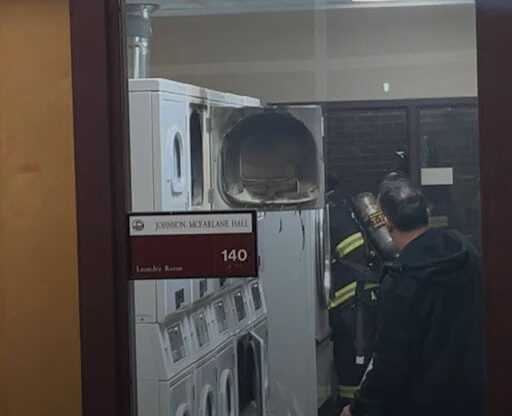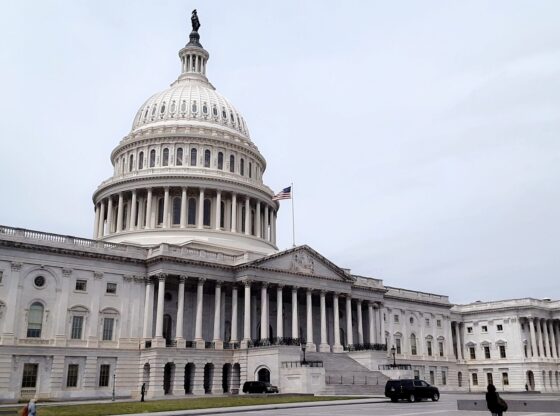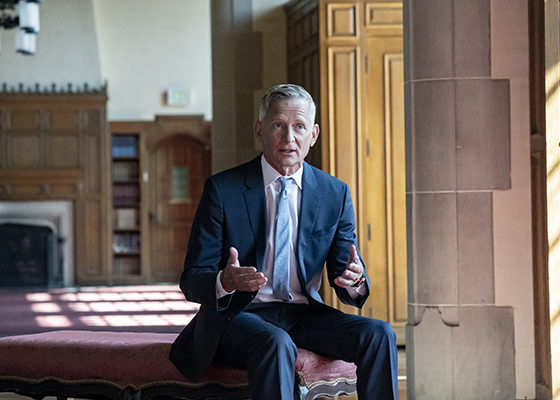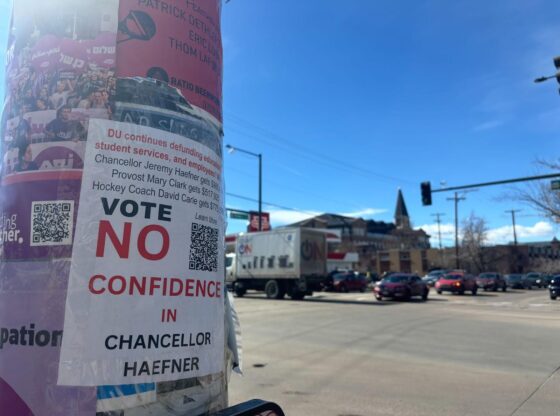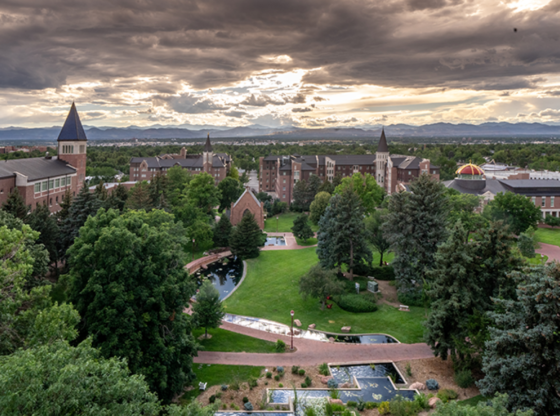While studying abroad in Spain, I had been following the cases of cop shootings throughout the USA. It seemed like such a far away issue—and frankly, I was afraid of what it would be like to come back.
I am a black student at the University of Denver, and one thing that stood out when I arrived back on campus…was the silence. My social media pages were terrible indicators of what my lived experience would be when I got back to the university. No one was talking about the cop shootings—except the black students. And even then, it seemed like whispers. It wasn’t brought up in public — people just got too uncomfortable.
Something that felt like a crisis when I wasn’t in the country was just another “black issue” that, if you weren’t black, didn’t affect you.
That was until I talked to a Latino friend and found a similar fear. But instead of a direct fear, there was the feeling of an impending danger: “If the cops are shooting blacks, what will stop them from shooting a Latino?” There was a sense that the police who committed these crimes were being more protected than punished. And that this pattern would cause less trust, more tension, and more shootings.
It’s like safety comes in shades.
The whiter the person is, the less likely he/she is to face danger from law enforcement. Why? Because the shades of our skin are directly linked to the power we yield in this society. The power that is associated with each race is an important phenomenon to notice.
Right now, a young white man is associated with those who brought the money, land and history to America. The stereotypes associated with them are less restrictive, often positive. The stigma of crime, among other negative stereotypes, is then allocated to the rest of the shades. And black often gets the bottom rung.
These ideas we have are powerful — they dictate how we treat those around us on a daily basis. The cop shootings are important because they show the extent to which a limited understanding of the ‘other’ can lead. Lives were taken unnecessarily, and it wasn’t simple coincidence that they were black.
That is why there is an outcry. People of color feel like outsiders in the only home we know.
It is noticeable to me the discomfort students feel when talking about these topics. Not because anyone thinks it’s right what is happening, but because we have no idea what to do about it.
The first thing to do is open the dialogue.




